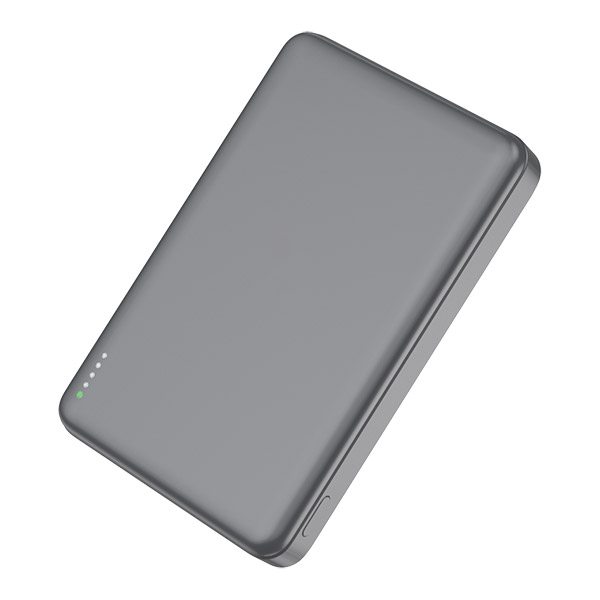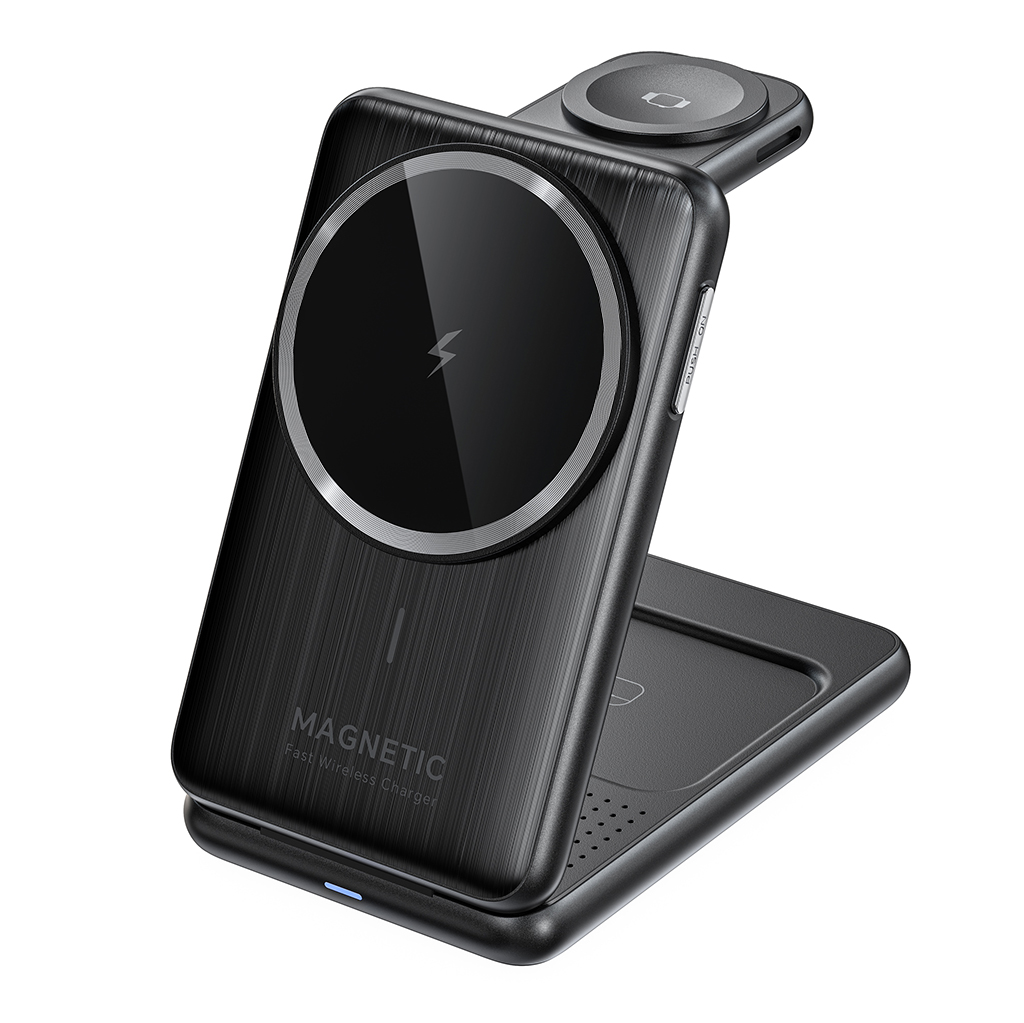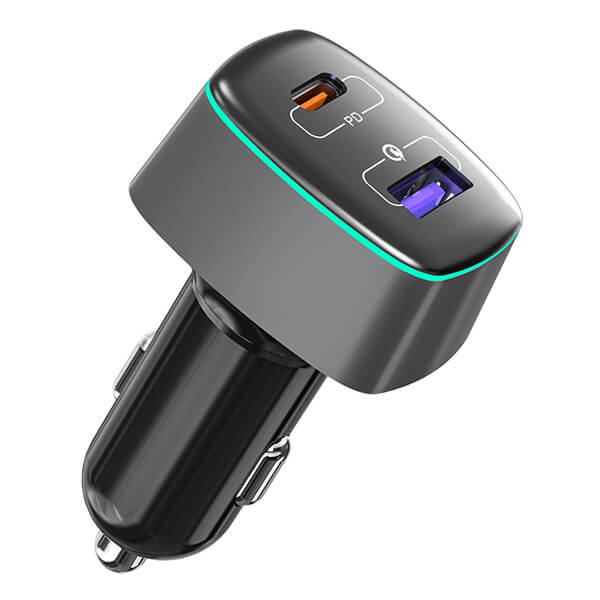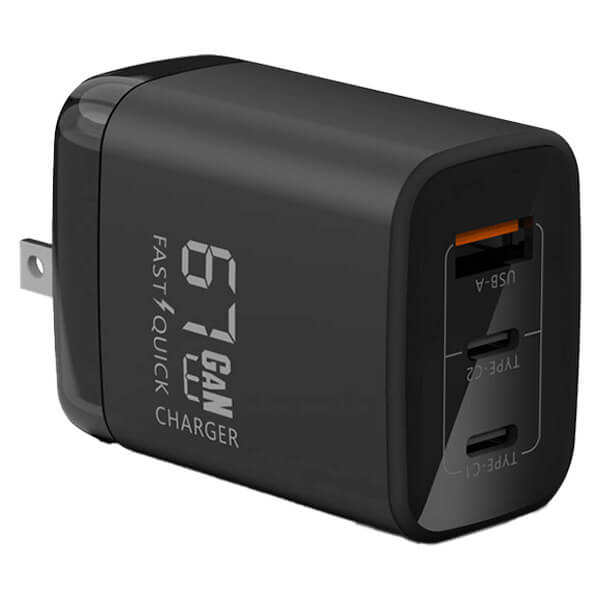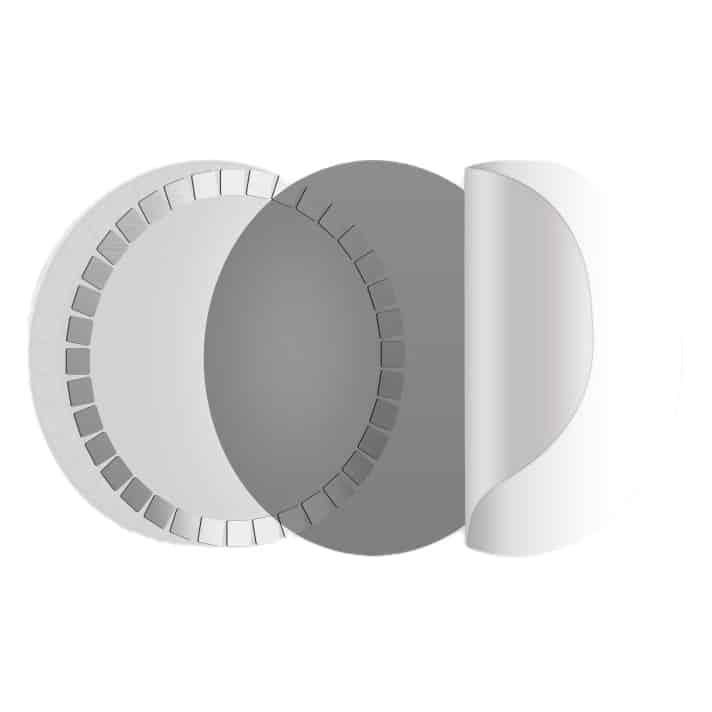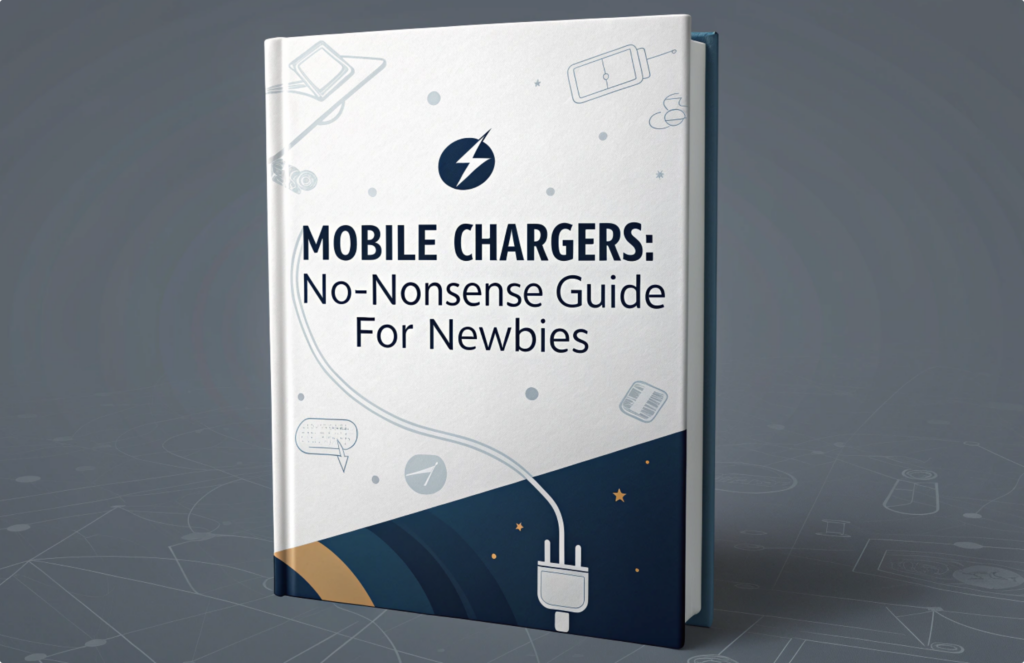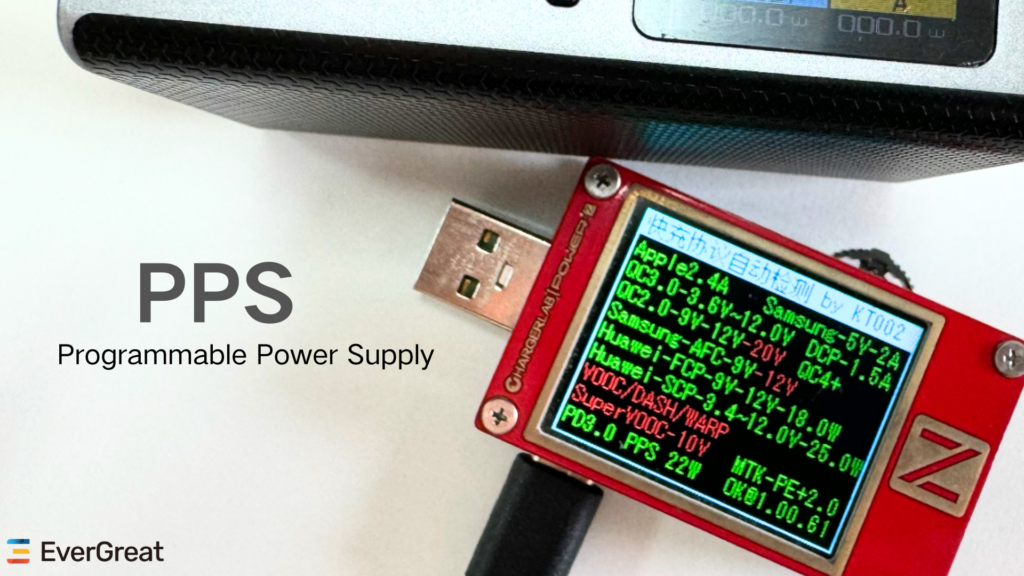Are you frustrated that your 10,000mAh power bank doesn’t charge your phone as many times as you expected? You are not alone. It’s a common issue, and understanding why is key.
A 10,000mAh power bank usually gives you around 6,500-7,500mAh of actual usable power. This is because of voltage conversion and energy loss during charging. So, don’t expect to get the full 10,000mAh to charge your devices.
It can be confusing to figure out how much power you really get from your power bank. Many people are misled by the labeled capacity. But don’t worry, I’m here to explain it simply. Let’s break down how to calculate the real output capacity and what factors affect it.
What is the actual output of 10000 mAh power bank?
Are you wondering if your new 10,000mAh power bank is really giving you what you paid for? It’s a valid question. Knowing the actual output helps you understand its true value.
A 10,000mAh power bank typically outputs between 6,500mAh and 7,500mAh of usable capacity. This difference from the labeled 10,000mAh is due to voltage step-up, internal resistance, and temperature changes during the charging process. Understanding this helps manage your expectations.
It’s not just about the number printed on the power bank. The actual power delivered to your phone is what matters. Let’s dive deeper into why there’s a difference between the labeled and actual capacity.
Why is there a difference between labeled capacity and actual output capacity?
Power banks use lithium-ion batteries. These batteries usually operate at 3.7V. However, most phones and USB devices charge at 5V. This voltage difference is the main reason for the capacity difference1.
Think of it like pouring water from one container to another, but you have to lift the water uphill first. Some water will be lost in the process. Voltage conversion is similar – it’s not perfectly efficient.
Here are the main reasons for the capacity difference:
| Factor | Explanation | Impact on Capacity |
|---|---|---|
| Voltage Conversion | Power banks step up the battery voltage (3.7V) to USB charging voltage (5V). This conversion is not 100% efficient. | Capacity loss |
| Internal Circuit Loss | The internal circuits of the power bank consume some power during operation. | Capacity loss |
| Heat Generation | Charging and discharging generate heat, which is wasted energy. | Capacity loss |
| Battery Inefficiency | Lithium-ion batteries are not perfectly efficient at storing and releasing energy. | Capacity loss |
These factors combine to reduce the actual usable capacity. It’s normal to see a difference, and a good power bank design minimizes these losses.
How to Calculate actual capacity of powerbank?
Want to know if you can calculate the real capacity of your power bank yourself? Yes, you can get a good estimate with a simple calculation. It helps to be informed and check if your power bank is performing as expected.
To roughly calculate the actual output capacity, multiply the labeled capacity (mAh) by the battery voltage (3.7V) and then divide by the output voltage (5V). Then, multiply by an efficiency rate (usually around 80-90%). For a 10,000mAh power bank, this is approximately: (10000mAh x 3.7V / 5V) x 0.9 = 6660mAh. This is close to the real-world usable capacity.
While this is just an estimate, it gives you a much better idea of the usable power than just looking at the 10,000mAh label. Let’s break down this calculation step-by-step.
Step-by-step Calculation of Actual Power Bank Capacity
Let’s use a 10,000mAh power bank as an example.
-
Understand the Battery Voltage: Most power banks use 3.7V lithium-ion batteries.
-
Understand the Output Voltage: USB charging standard is 5V.
-
Calculate Capacity after Voltage Conversion (Theoretical):
(Labeled Capacity (mAh) x Battery Voltage (V)) / Output Voltage (V)
(10000mAh x 3.7V) / 5V = 7400mAhThis calculation shows that theoretically, after voltage conversion, a 10,000mAh power bank at 3.7V becomes equivalent to 7400mAh at 5V, if there were no losses.
-
Account for Efficiency Loss: No power conversion is 100% efficient. A reasonable efficiency rate for a good power bank is around 80-90%. Let’s use 90% for a high-quality power bank and 80% for a more standard one.
- High Efficiency (90%): 7400mAh x 0.9 = 6660mAh
- Standard Efficiency (80%): 7400mAh x 0.8 = 5920mAh
-
Consider Other Losses: Even with efficiency considered, there might be some additional losses due to heat and circuit inefficiency. These are harder to calculate precisely but contribute to the final usable capacity.
Therefore, a realistic actual output capacity for a 10,000mAh power bank is usually in the range of 6,500mAh to 7,500mAh. My experience in the industry confirms this. We often test our power banks, and these numbers are consistent with real-world performance.
What is the output capacity of a power bank?
Are you confused about "output capacity" versus just "capacity" for a power bank? It’s important to understand the difference to make informed decisions when buying or using a power bank.
The output capacity of a power bank is the actual usable energy it can deliver to charge your devices. This is always less than the labeled capacity due to energy conversion losses. When you see a power bank advertised as 10,000mAh, that’s the battery capacity, not the output capacity. The output capacity is what really matters for charging your phone.
Think of it like buying a bottle of juice that says "1 liter". But when you pour it into a glass, some juice is always left in the bottle. The "output capacity" is like the juice you actually get into your glass – the usable amount. Let’s clarify this concept further.
Key Differences: Labeled Capacity vs. Output Capacity
To understand this better, let’s compare labeled capacity and output capacity directly:
| Feature | Labeled Capacity | Output Capacity |
|---|---|---|
| What it is | The total energy storage capacity of the battery inside, usually at 3.7V. | The actual usable energy delivered to your device at 5V. |
| Value | Higher number, often used for marketing. | Lower number, reflects real-world performance. |
| Location | Prominently displayed on the power bank and packaging. | Usually not directly stated, needs to be calculated or estimated. |
| Relevance to User | Less directly relevant to daily use. | More relevant, indicates how many charges you’ll get. |
As a manufacturer, we always try to be transparent with our customers. While the labeled capacity is an industry standard, understanding output capacity is crucial for consumers. That’s why explaining this difference is important.
How many charges can you get out of a 10000mah power bank?
Are you trying to figure out how many times a 10,000mAh power bank can charge your phone? This is a very practical question when you are traveling or away from power outlets. Knowing the number of charges helps you plan your power needs.
A 10,000mAh power bank can typically charge an average smartphone (around 3000-4000mAh battery) about 1.5 to 2.5 times. This is based on the actual output capacity of 6,500-7,500mAh and considering some energy loss during each phone charge. The exact number of charges depends on your phone’s battery capacity and charging efficiency.
Getting multiple charges from a single power bank is very convenient. But to get a more accurate estimate for your phone, let’s consider a few factors.
Estimating Phone Charges from a 10,000mAh Power Bank
To estimate how many charges you can get, you need to know your phone’s battery capacity and consider some charging inefficiencies.
-
Find Your Phone’s Battery Capacity: You can usually find this in your phone’s settings or online specifications. Let’s assume your phone has a 4000mAh battery as an example.
-
Use the Actual Output Capacity of the Power Bank: We know from earlier calculations that a 10,000mAh power bank provides about 6,500-7,500mAh of usable power. Let’s use 7000mAh as an average.
-
Account for Phone Charging Efficiency: Charging a phone is also not 100% efficient. There’s some energy loss during phone charging as well, often around 10-20%. Let’s assume 15% loss for phone charging. This means the phone effectively uses about 85% of the power it receives from the power bank.
-
Calculate Estimated Number of Charges:
(Power Bank Output Capacity) / (Phone Battery Capacity) x (Phone Charging Efficiency)
(7000mAh) / (4000mAh) x 0.85 = 1.4875 chargesSo, in this example, you can expect to charge your 4000mAh phone roughly 1.5 times with a 10,000mAh power bank.
Keep in mind that this is an estimate. Real-world usage can vary based on phone usage during charging, cable quality, and temperature. However, this calculation gives you a good ballpark figure. From my experience, these estimations are quite reliable for planning your charging needs.
Conclusion
Understanding the actual output capacity of your power bank is important to manage your expectations and plan your mobile charging effectively. Don’t be misled by just the labeled capacity. Focus on the usable power to stay powered up on the go.
-
Learning about capacity differences can inform your choices when selecting power banks for your devices. ↩

